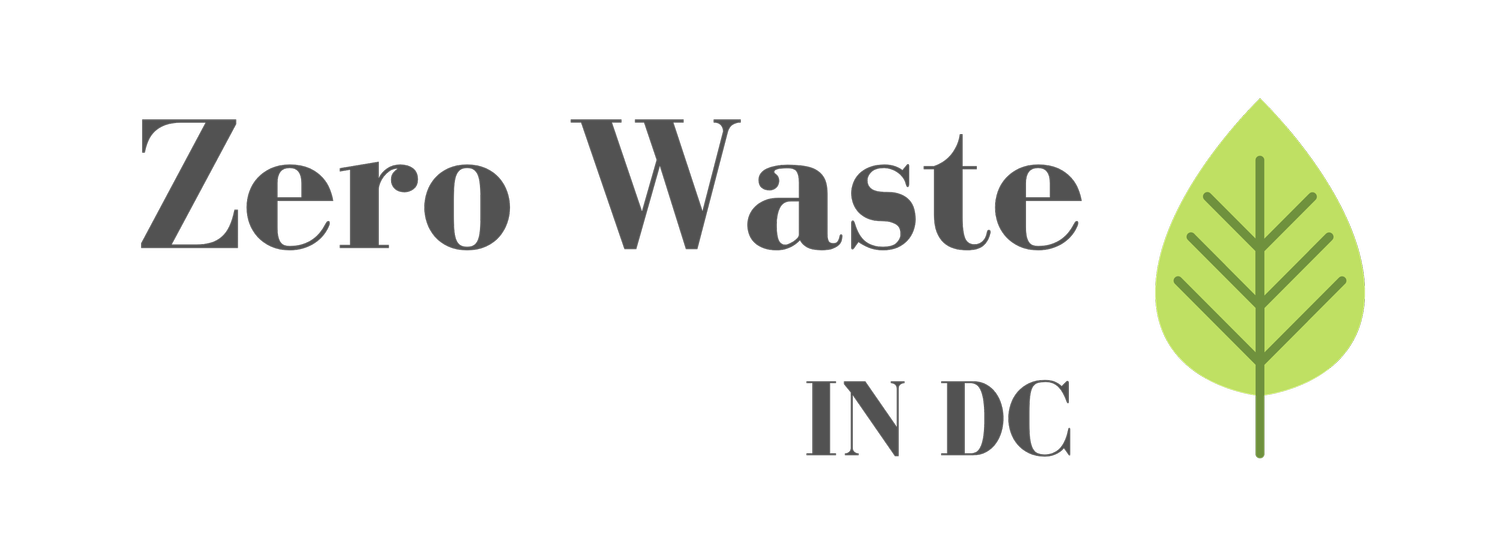Reducing Food Waste: The Coronavirus Opportunity
My biggest aha moments since embarking on a zero-waste lifestyle? No, it’s nothing to do with plastic and nothing to do with recycling. All of my biggest surprises have come around the topic of food.
Why Food Waste is a Problem
Two numbers got my attention:
40%
On average, that’s the share of our food that we waste. Yes, each American throws away more than 400 pounds per person per year. This makes households the single biggest source of food waste even ahead of consumer-oriented businesses like grocery stores and hotels. And this doesn’t account for the current pandemic situation, in which most of us are confined to our homes, generating even more household food waste than usual.
3rd place
If global food waste were a country, it would be the third-largest emitter of greenhouse gases after the U.S. and China. Food waste is a direct contributor to climate change because of greenhouse gas emissions: 8% in total. That’s huge.
This data made me realize how households contribute to climate change. But it also made me realize what a significant role households can play in solving the climate problem. Peter Hawken, the author of Drawdown: The Most Comprehensive Plan Ever Proposed to Reverse Global Warming, suggests 80 actions that could achieve this reversal. Number 3 on this list—right behind refrigeration and wind turbines—is reducing food waste.
What You Can Do Right Now
The coronavirus pandemic provides a unique opportunity to address the challenge of food waste. Here are three things you can do right now that will set you on a course to drastically reduce your household food waste and will be helpful even beyond the pandemic.
The daily fridge review
Have you ever spent more time thinking about what’s in your fridge and freezer? Right before the pandemic hit, I published an Instagram post suggesting a three-minute daily fridge review. At the time, I was having a hard time making this a daily habit. But doing so is the single best way to reduce your food waste. And these days I check multiple times a day! If you know what’s about to go bad, then you can do something about it before it’s too late.
Set a time of day—mid-morning after breakfast, right before dinner or right after dinner. Whatever works best for you. Set an alarm for the time of your choosing and then do the three-minute review. Some say it takes 21 days to form a new habit. As I write this, it seems many of us will still have plenty of days stuck at home to get this right!
One trick is to create a drawer or shelf for items that should be eaten first. Go to that first when you are planning your lunchtime or evening meal.
Use-it-up cooking
Have good options at the ready to make use of the foods near their end date. Here are some ideas:
Find one or two recipes that allow you to mix and match ingredients you have on hand. My go-to recipe is a stir-fry I’ve adapted from a Mark Bittman recipe. One of my favorite zero waste bloggers, Anne Marie Bonneau aka The Zero Waste Chef, recently posted a great article in which she offers soup, pizza, chilli, dal and other recipes that allow for a lot of ingredient versatility. Finally, I’ve just started using a helpful app called Supercook which provides recipe ideas based on whatever ingredients you have on hand.
Create a leftovers night. I’ve talked to lots of families who have found this challenging in the past. I used to hear things like, “My kids refuse to eat leftovers” or “My partner prefers a freshly cooked meal.” Well, things have changed. My friend, Wendy, has a family of five and said to me last week: “Leftovers night is not optional anymore. Everyone—even the kids—just accepts it now.” Hurray.
Make your freezer your ally
Use your freezer liberally. I had no idea how many things you can successfully freeze…soup stock, fresh herbs, tomato paste, and even dairy. If I won’t finish up the berries before they turn bad, I freeze them. When I have meal leftovers that we won’t want to see again for awhile, I freeze them. When I squeeze a lemon or lime for the juice I need for a recipe and still have some to spare, I freeze the extra. If you freeze in glass containers, as I often do, be sure to leave some space (an inch or two) between the food and the lid as frozen liquids expand and you don’t want to end up with cracked glass. Also be sure to label and date your items before you freeze them. You’d be surprised how unrecognizable everything is when it forms into an icy mass and you will have long forgotten what you placed in the container. Finally, try to keep an inventory of what’s in your freezer so you can turn to it for meal inspiration later.
With so much focus right now on food availability and with so much time spent at home, we are in a great position to tackle food waste like never before. Doing so will help us with our food needs now. And forging new habits will help set us on a more sustainable lower-waste lifestyle long after the pandemic is over.
